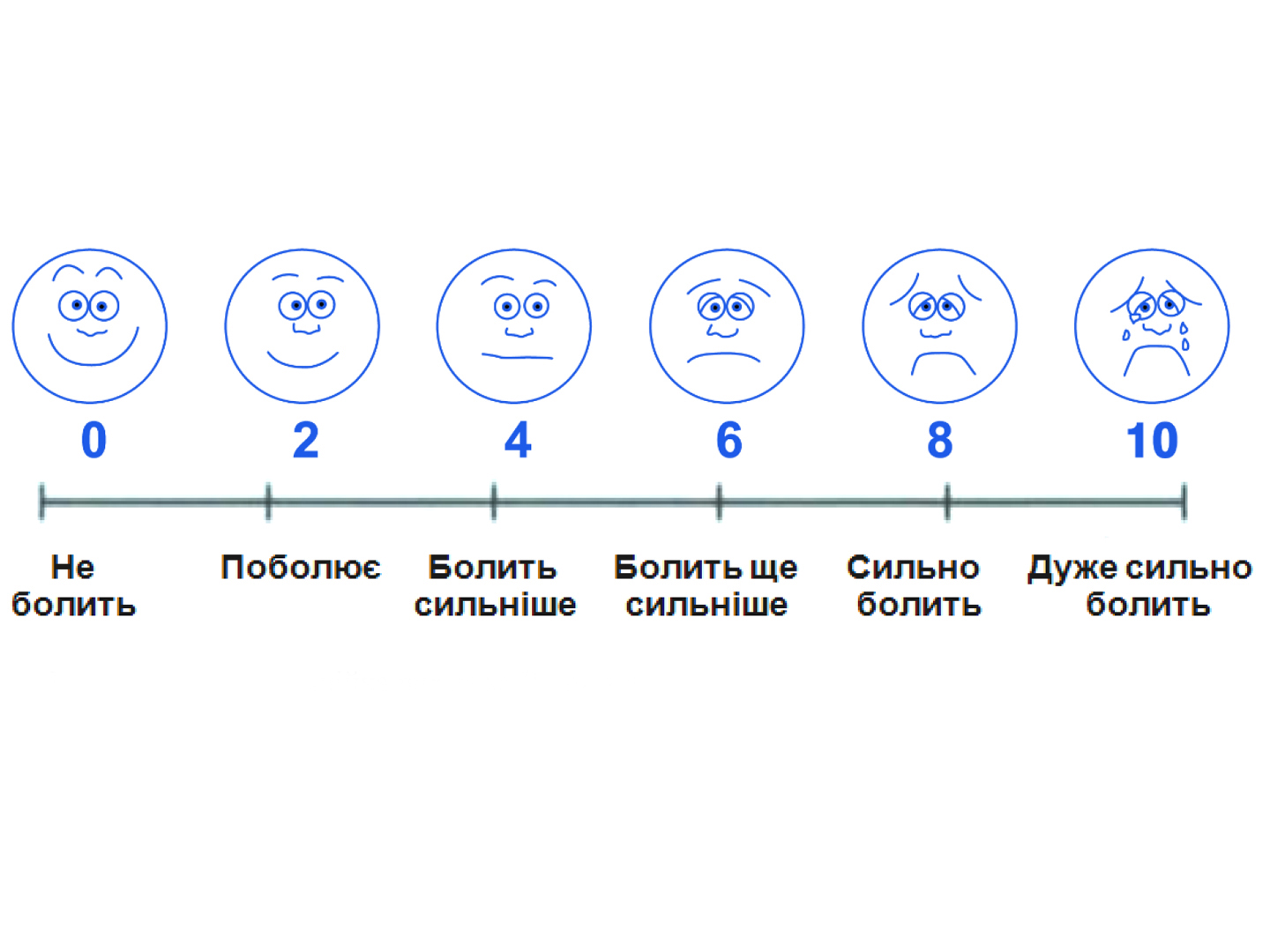The Role of Intravenous Acetaminophen in Acute Pain Management
A CaseIllustrated Review
Abstract and Introduction
Abstract
For more than a century, acetaminophen has been recognized worldwide as a safe and effective agent for relieving pain and reducing fever in a wide range of patients. However, until recently, acetaminophen was available in the United States only in oral and rectal suppository formulations. In November 2010, the United States Food and Drug Administration granted approval for the use of a new intravenous (IV) formulation of acetaminophen for: 1) the management of mild to moderate pain; 2) the management of moderate to severe pain with adjunctive opioid analgesics; and 3) the reduction of fever in adults and children (age ≥2 years). This caseillustrated review of IV acetaminophen begins with a discussion of the rationale for the drug’s development and proceeds to analyze the clinical pharmacology, efficacy, safety, and nursing implications of its use, both as monotherapy and in combination with other agents as part of a multimodal pain therapy strategy.
Introduction
For more than a century, acetaminophen (Nacetylpaminophenol; known internationally as paracetamol) has been recognized worldwide as a safe and effective agent for relieving pain and reducing fever in a wide range of patients (Malaise, Bruyere, & Reginster, 2007). Synthesized in 1878 and first used clinically in 1887, the drug was not widely marketed in the United States (U.S.) until the 1950s (Bertolini, Ferrari, Ottani, Guerzoni, Tacchi, & Leone, 2006). It has since become one of the mostly widely used analgesic and antipyretic agents (Bertolini et al., 2006; Kaufman, Kelly, Rosenberg, Anderson, & Mitchell, 2002; Malaise et al., 2007) and is often the firstline therapy of choice for children (Cranswick & Coghlan, 2000).
Outside the U.S., intravenous (IV) acetaminophen has been available since 2001 in Europe under the trade name Perfalgan (BristolMyers Squibb, Anagni, Italy) and is now available in approximately 80 countries (Fang, 2009). Until recently, acetaminophen was available in the U.S. only in oral and rectal suppository formulations (Pasero, Portenoy, & McCaffery, 2011). However, oral and rectal acetaminophen formulations are associated with a slower onset of action and more variable analgesic activity than IV acetaminophen, making them less useful in perioperative, postoperative, and acute care settings (Holmér Pettersson, Jakobsson, & Owall, 2005, 2006). In November 2010, the U.S. Food and Drug Administration (FDA) approved Ofirmev (acetaminophen for injection; Cadence Pharmaceuticals; San Diego, CA) for: 1) the management of mild to moderate pain; 2) the management of moderate to severe pain with adjunctive opioid analgesics; and 3) the reduction of fever in adults and children (age ≥2 years) (Cadence, 2010).
The present caseillustrated review of IV acetaminophen begins with a discussion of the rationale for the drug’s development and proceeds to analyze the clinical pharmacology, efficacy, safety, and nursing implications of its use, both as monotherapy and in combination with other agents as part of a multimodal pain therapy strategy.


